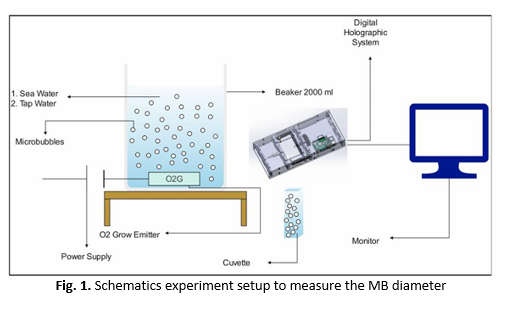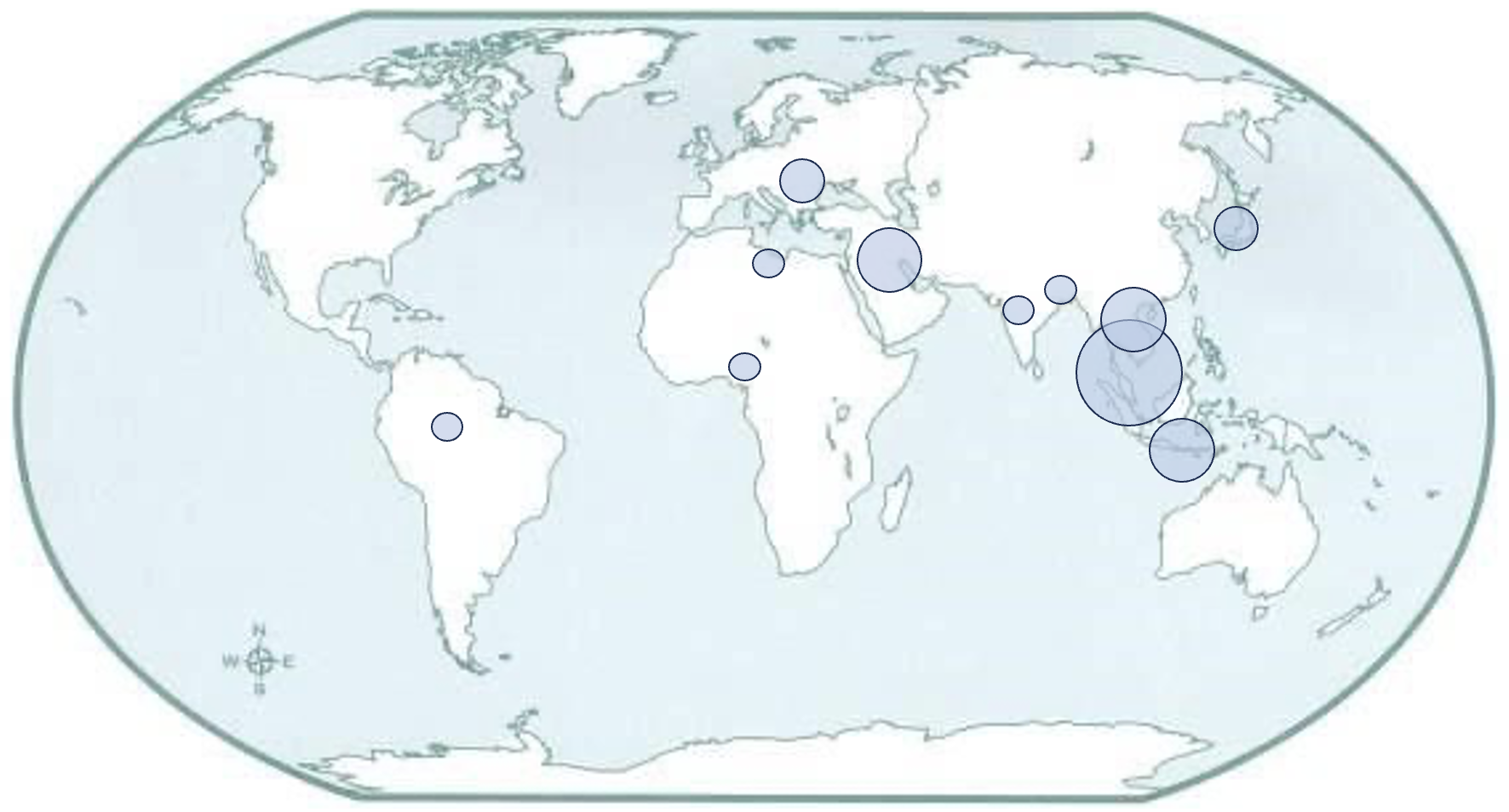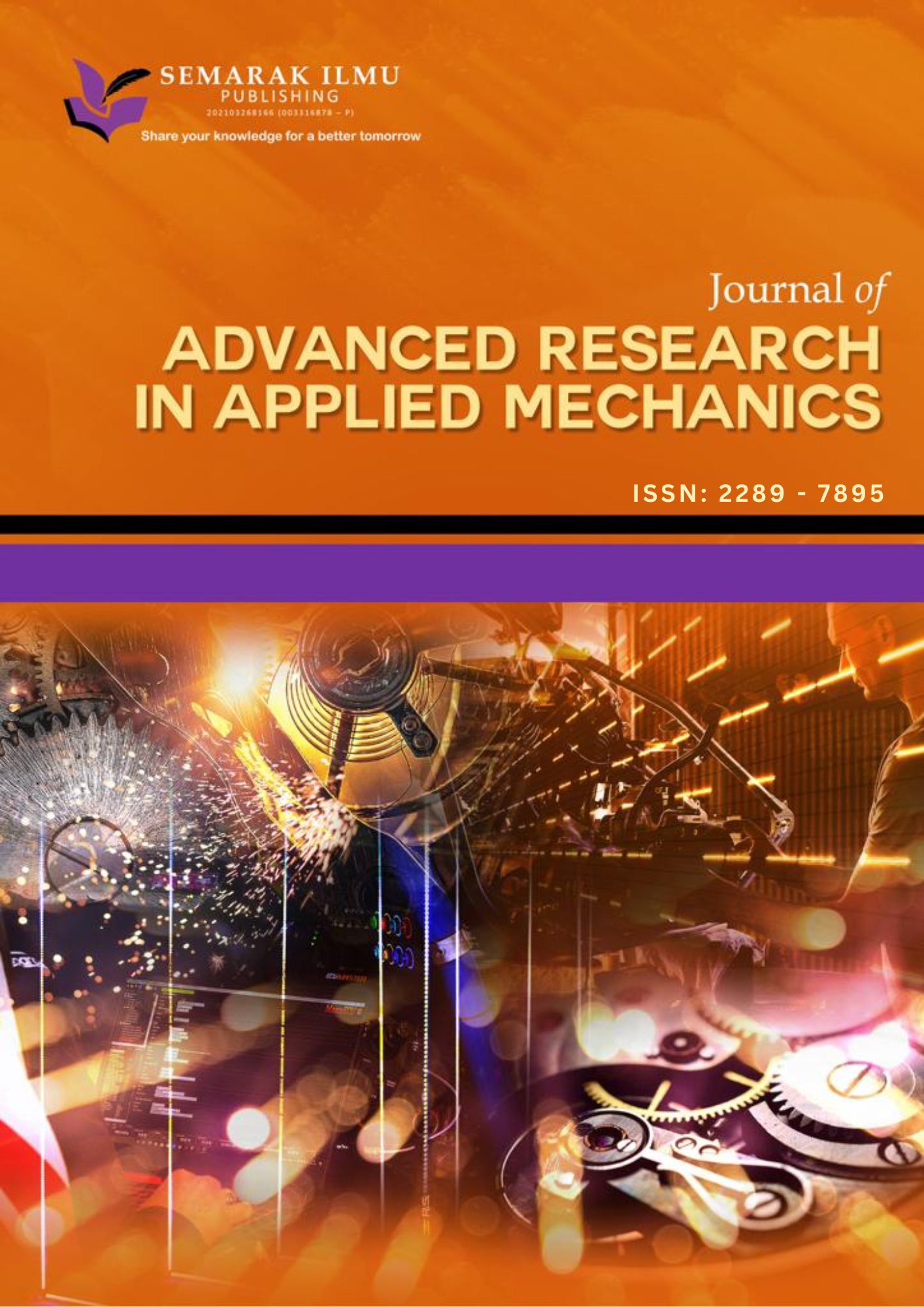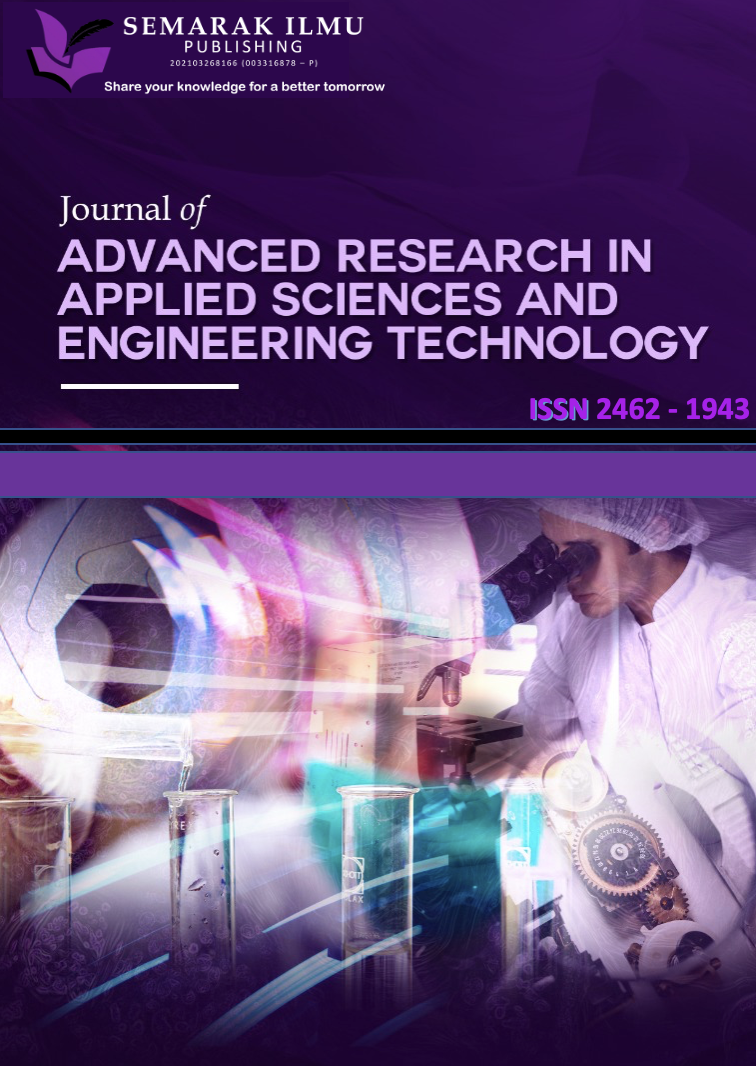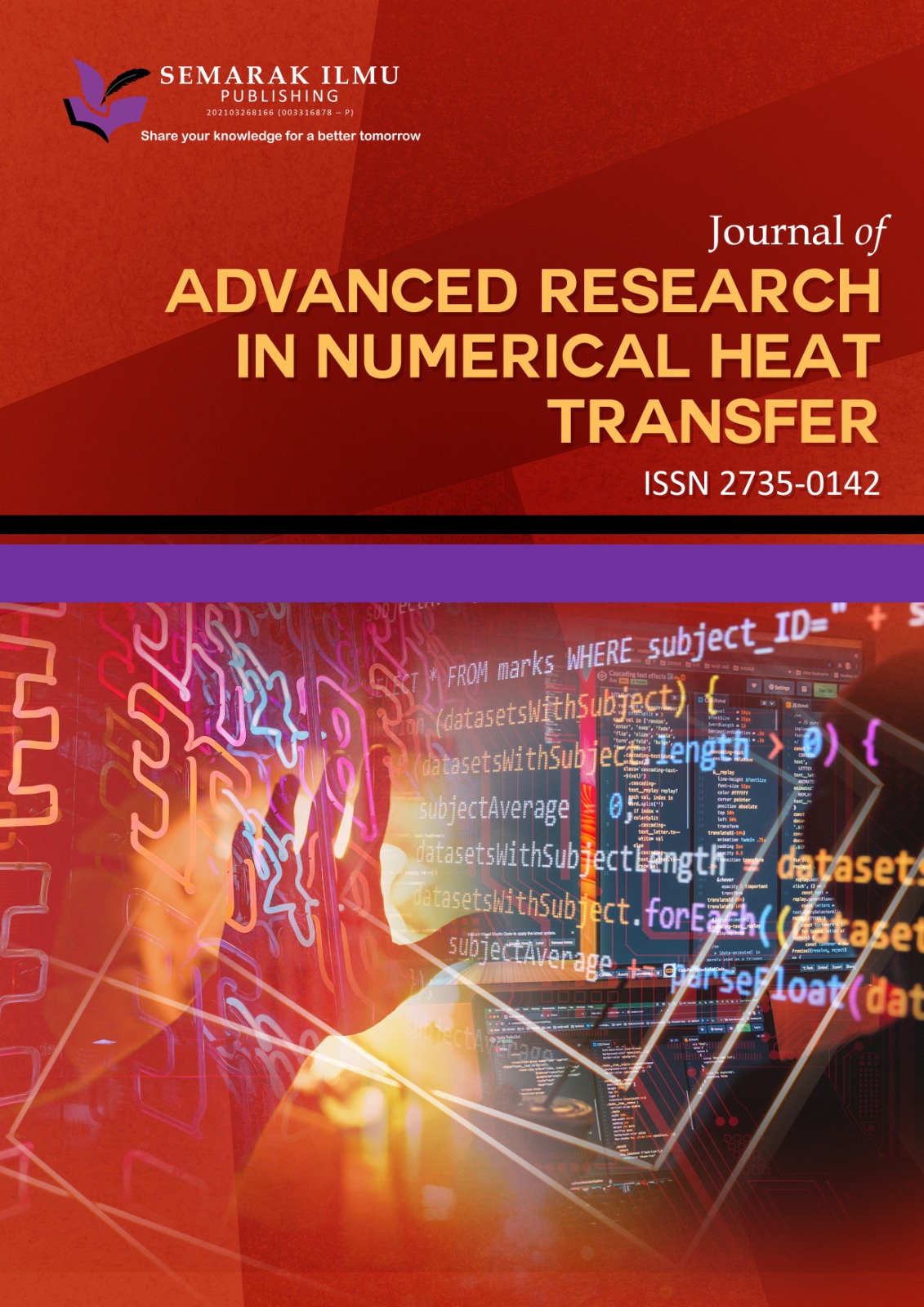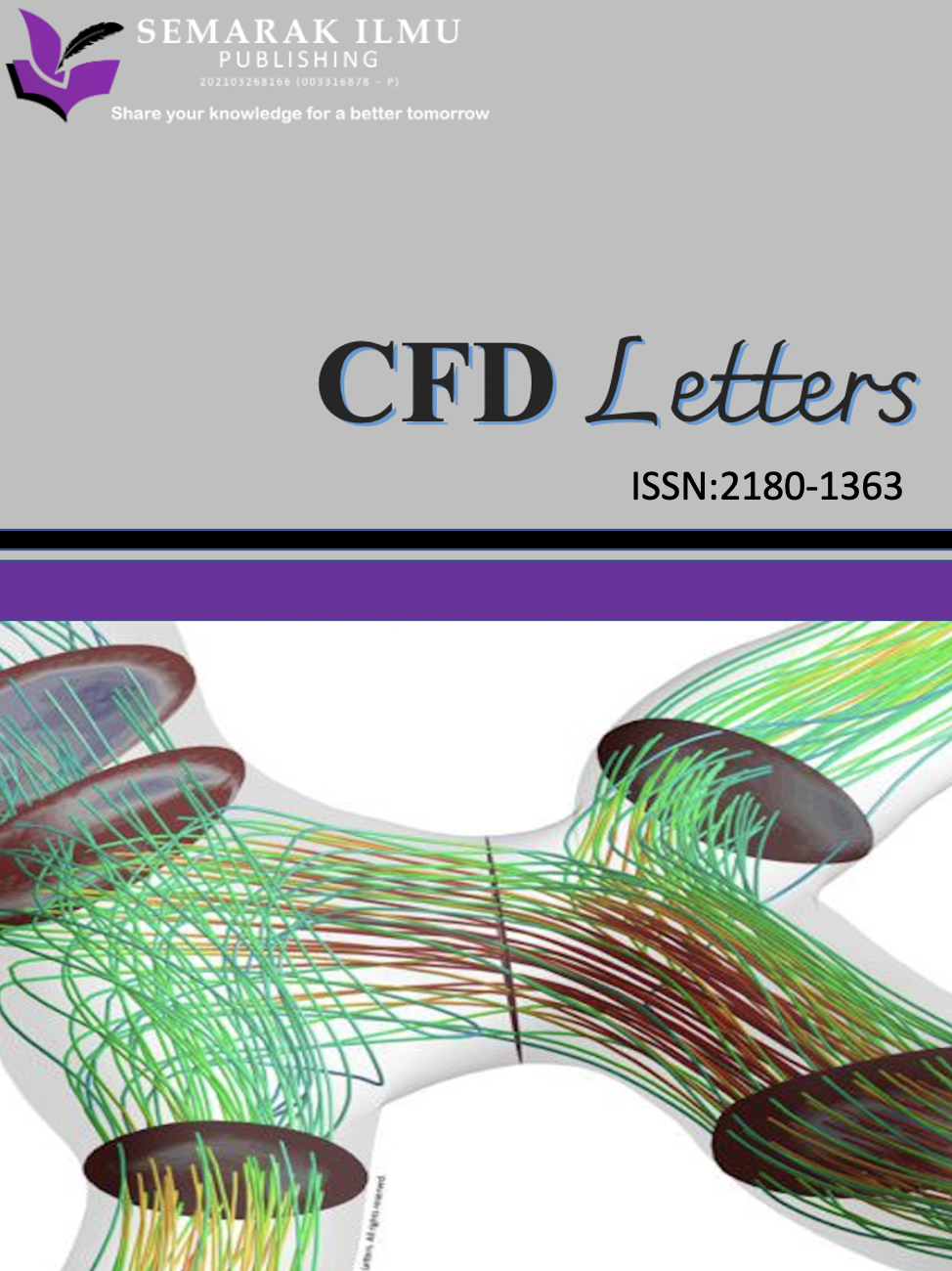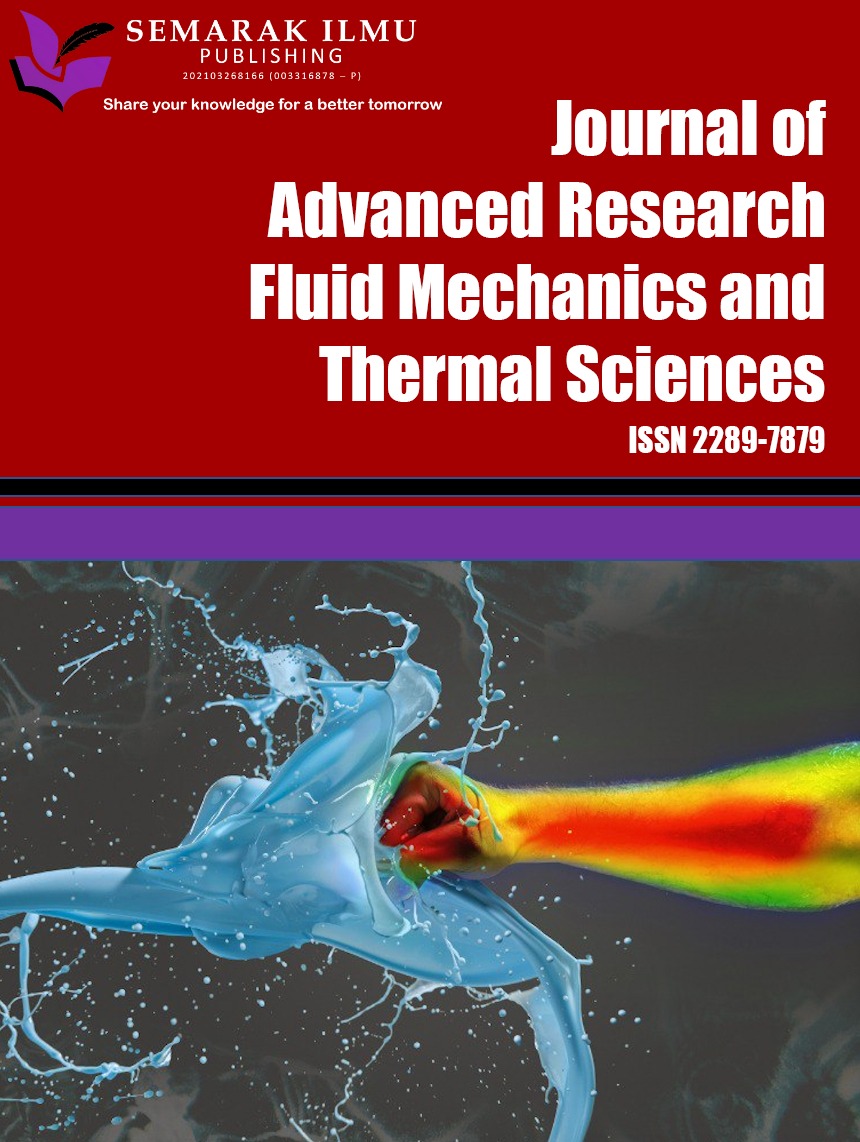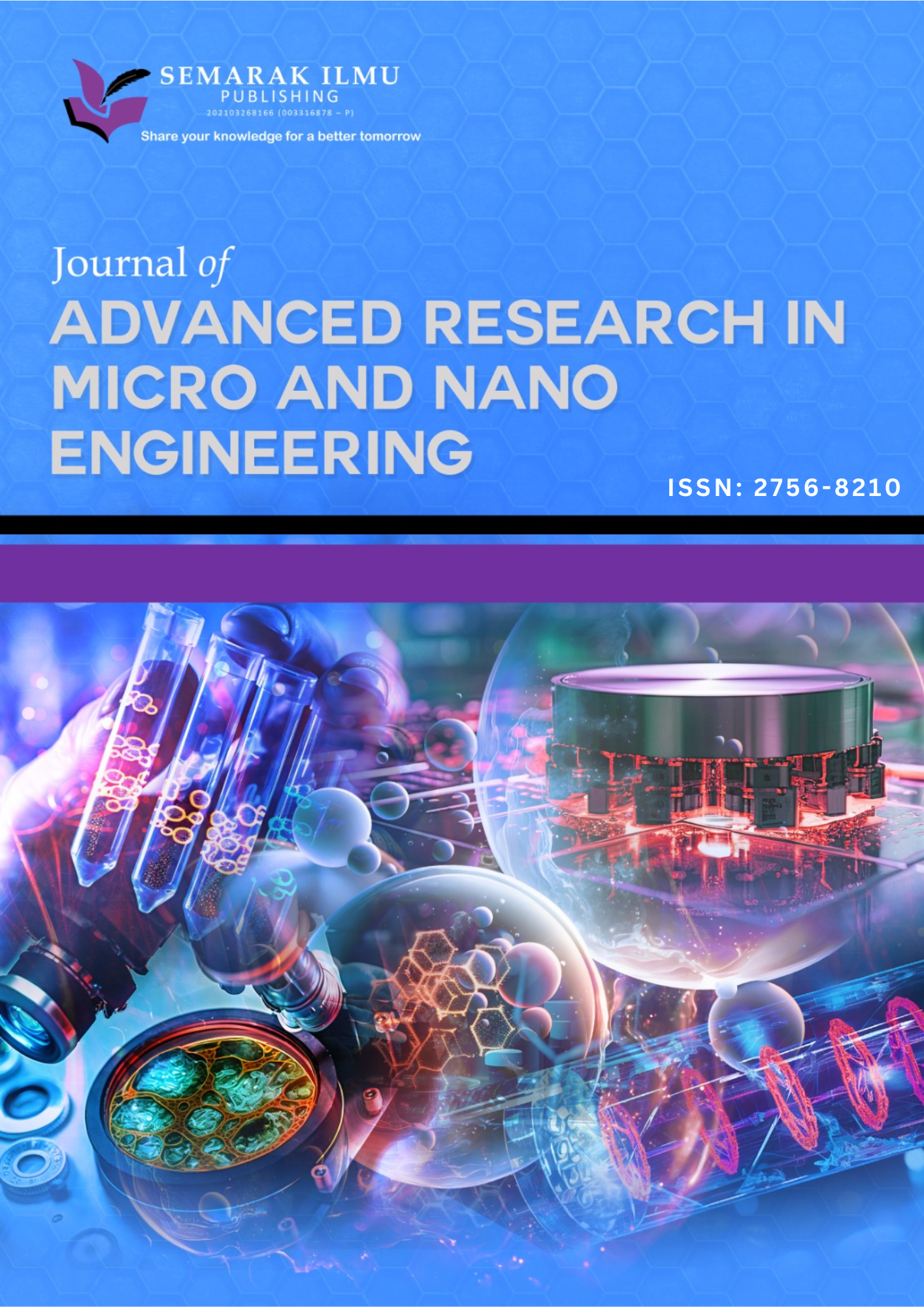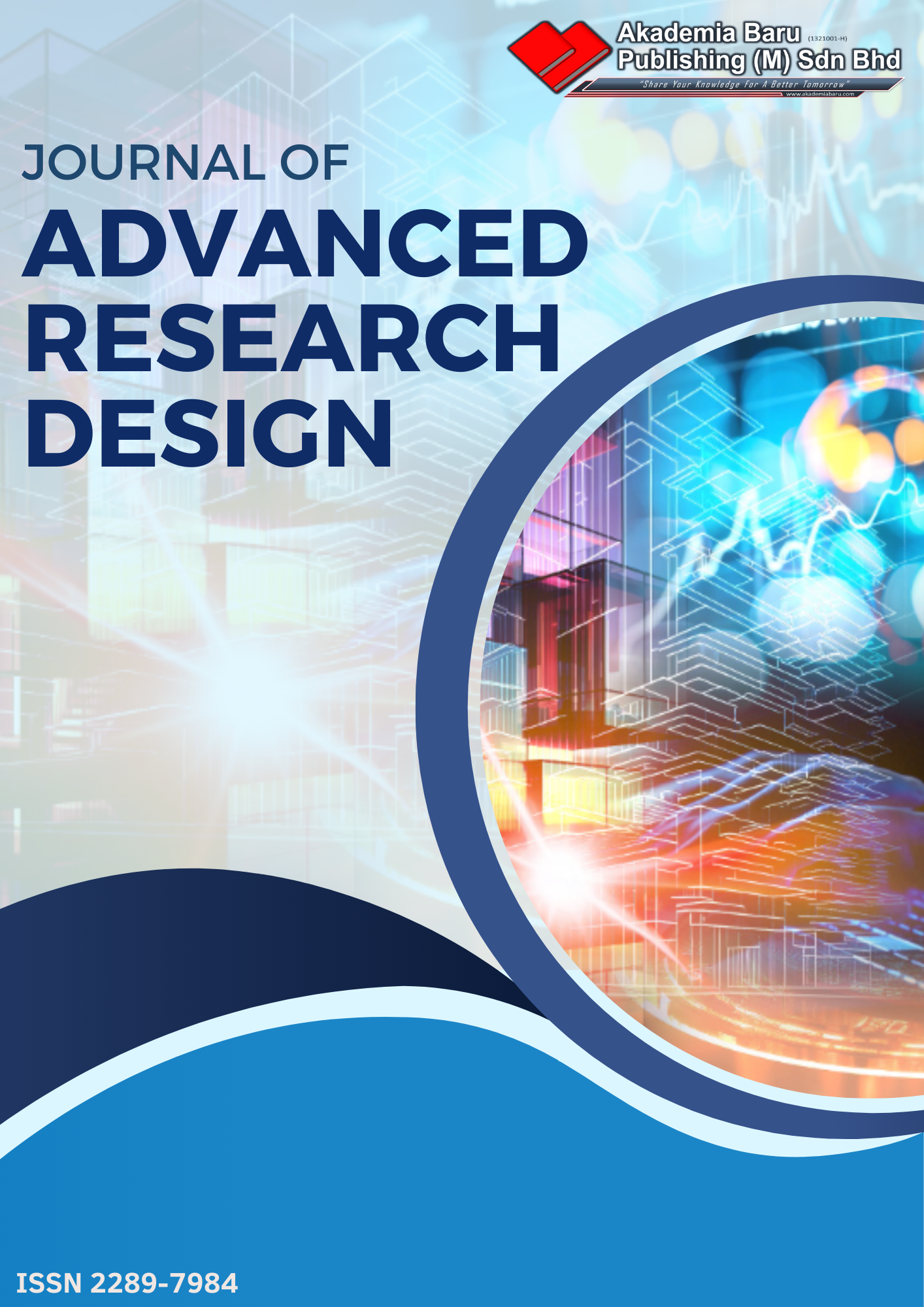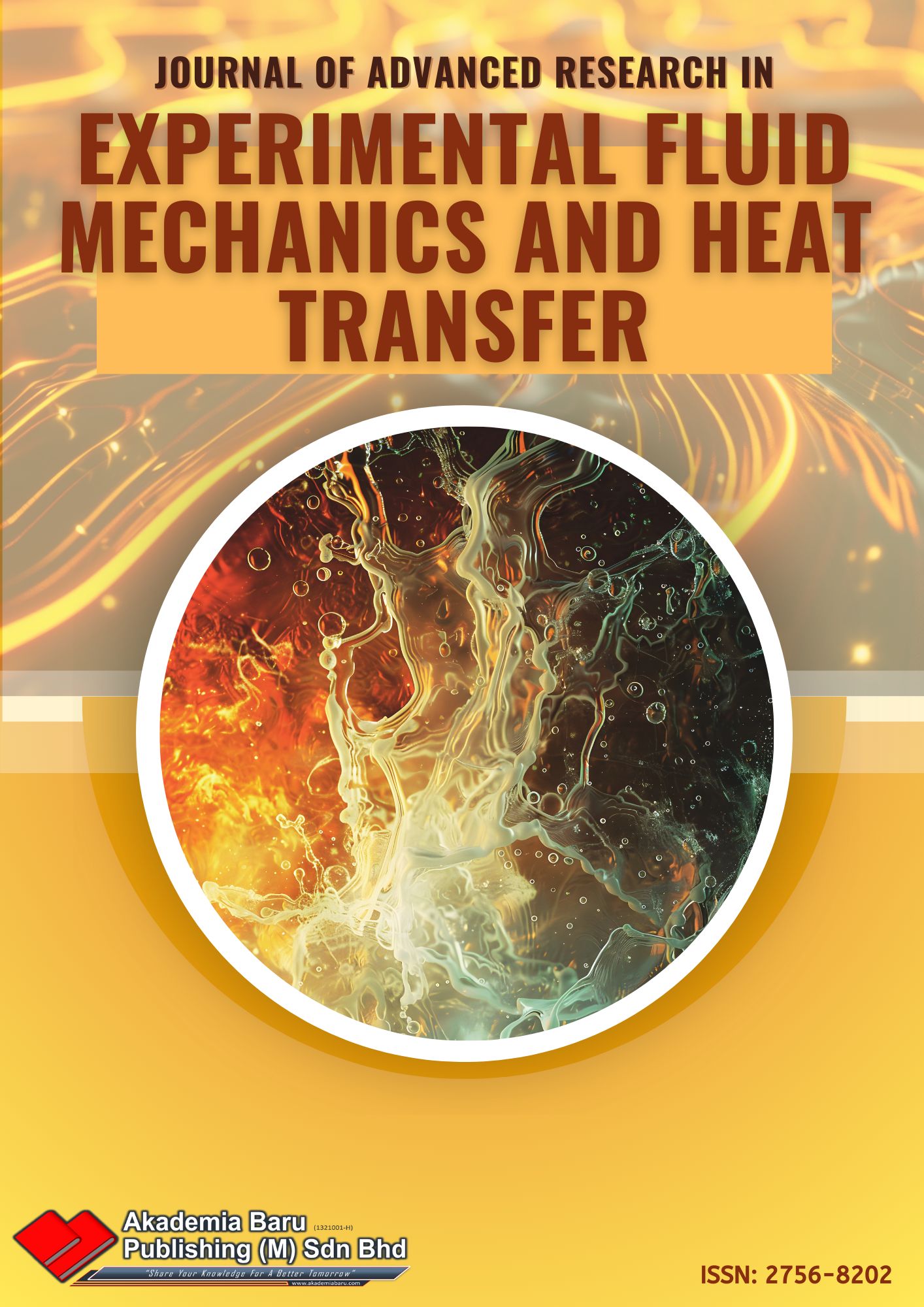An Experimental Study on the Efficiency of Microbubbles in Enhance Oil Recovery Method (EOR) in Different Types of Oils
DOI:
https://doi.org/10.37934/arefmht.20.1.3040Keywords:
Microbubbles, enhance oil recovery, oil typesAbstract
Enhanced Oil Recovery (EOR) improves oil extraction beyond what is achieved through primary and secondary recovery methods. EOR techniques, including gas injection, thermal recovery and chemical injection, can recover approximately 45% of the original oil, as some oil remains trapped in the reservoir pores. Recently, a promising EOR technique has emerged that involves the use of microbubbles (MB). These micron-sized bubbles enhance oil displacement efficiency by providing a large surface area, extended residence time and superior mobility within porous media, which can further increase the oil recovery rate. However, the effectiveness of MB-EOR technology is influenced by several factors, including the size of the bubbles and the reservoir conditions, such as the type of oil present. This study investigates the efficiency of MB in EOR using two different oil and water types: light oil (diesel) and heavy oil (engine oil) while for water: seawater and tap water. MB were generated using hydrolysis equipment and their size in seawater was measured with a Digital Holographic System (DHS). Core flooding experiments were conducted to assess their effectiveness in displacing different types of oil. The experimental results indicated that MB effectively displaced both light and heavy oil, although the recovery rates differed significantly. The recovery rate for light oil reached 45.94%, while the recovery rate for heavy oil was much lower at 12.42%. This suggests that MB are more effective at recovering lighter oils, likely due to enhanced fluid mobility and sweep efficiency. In conclusion, MB demonstrates better performance in displacing light oils. This study provides valuable insights into optimizing MB-EOR for various reservoir conditions, paving the way for future advancements in oil recovery technologies.
Downloads
